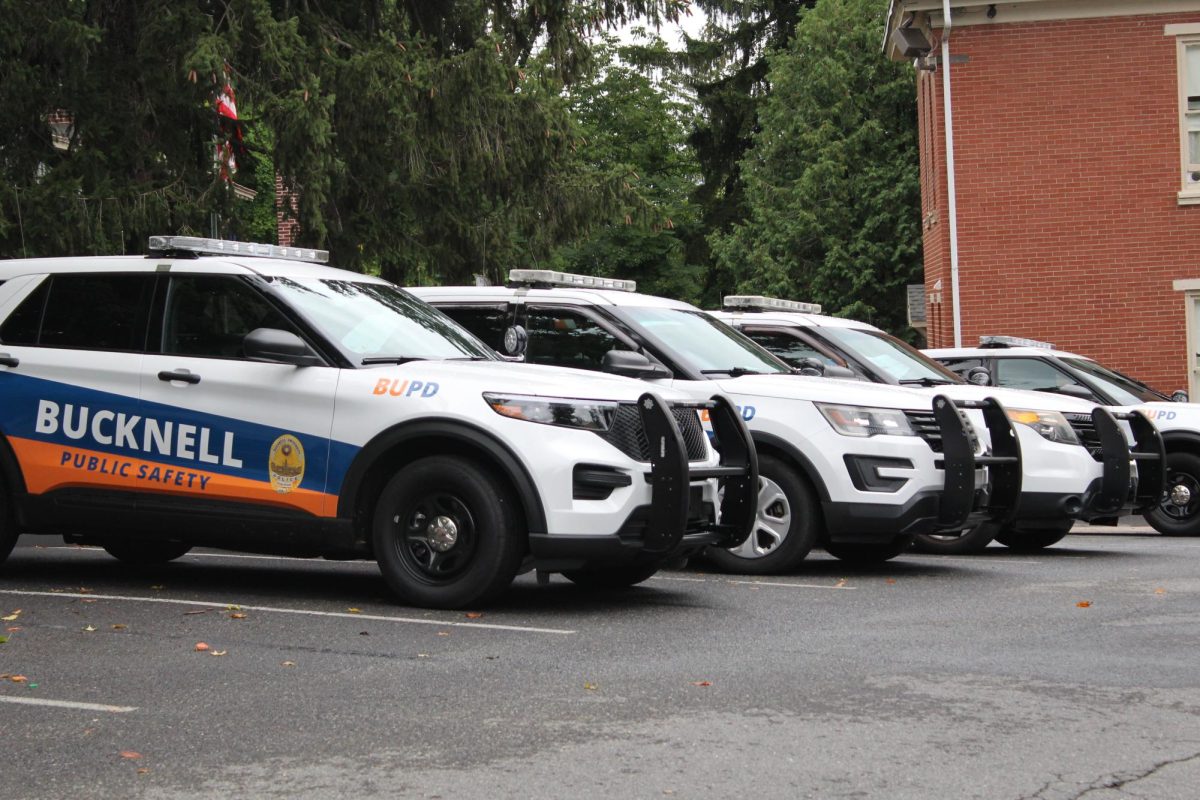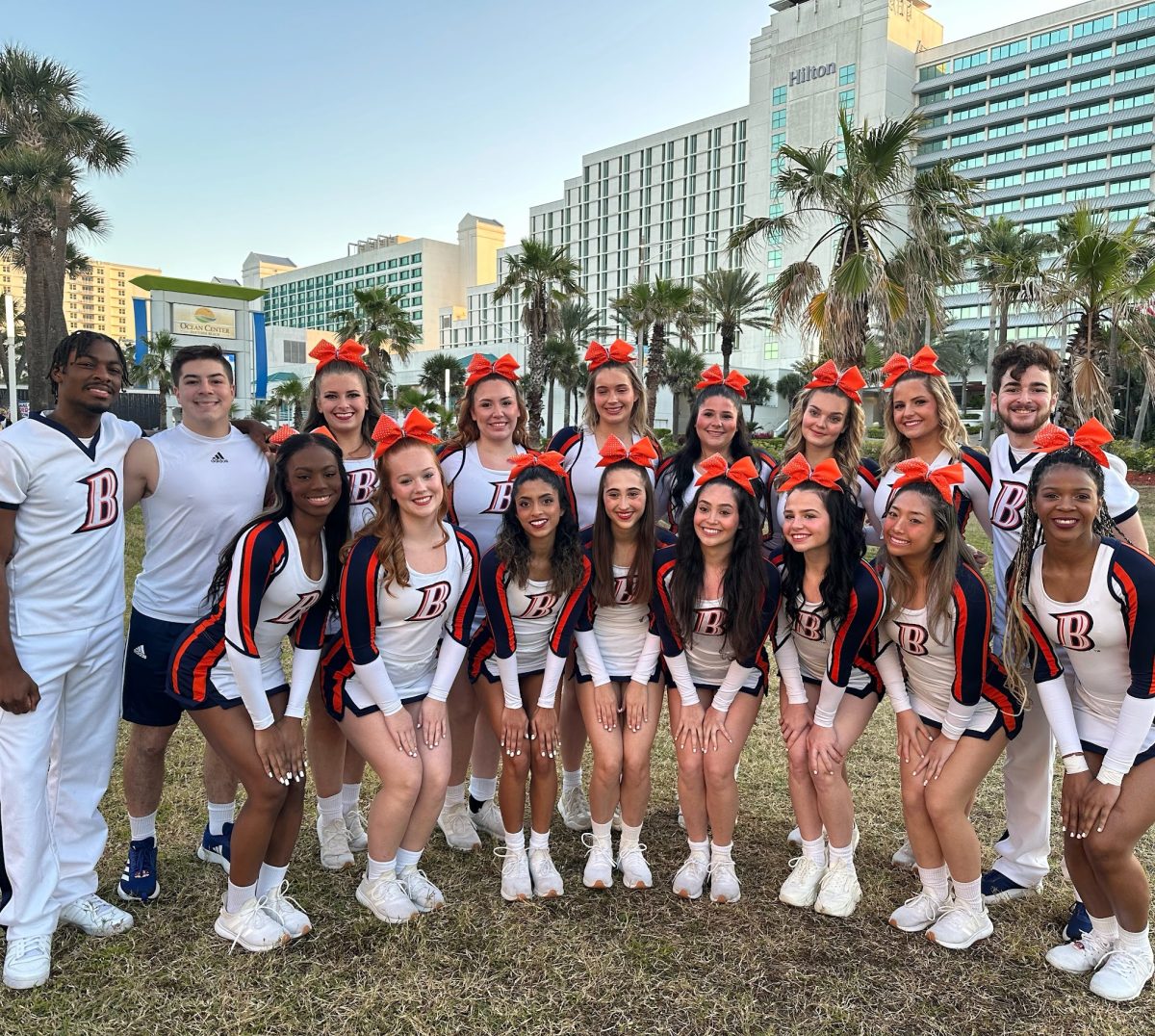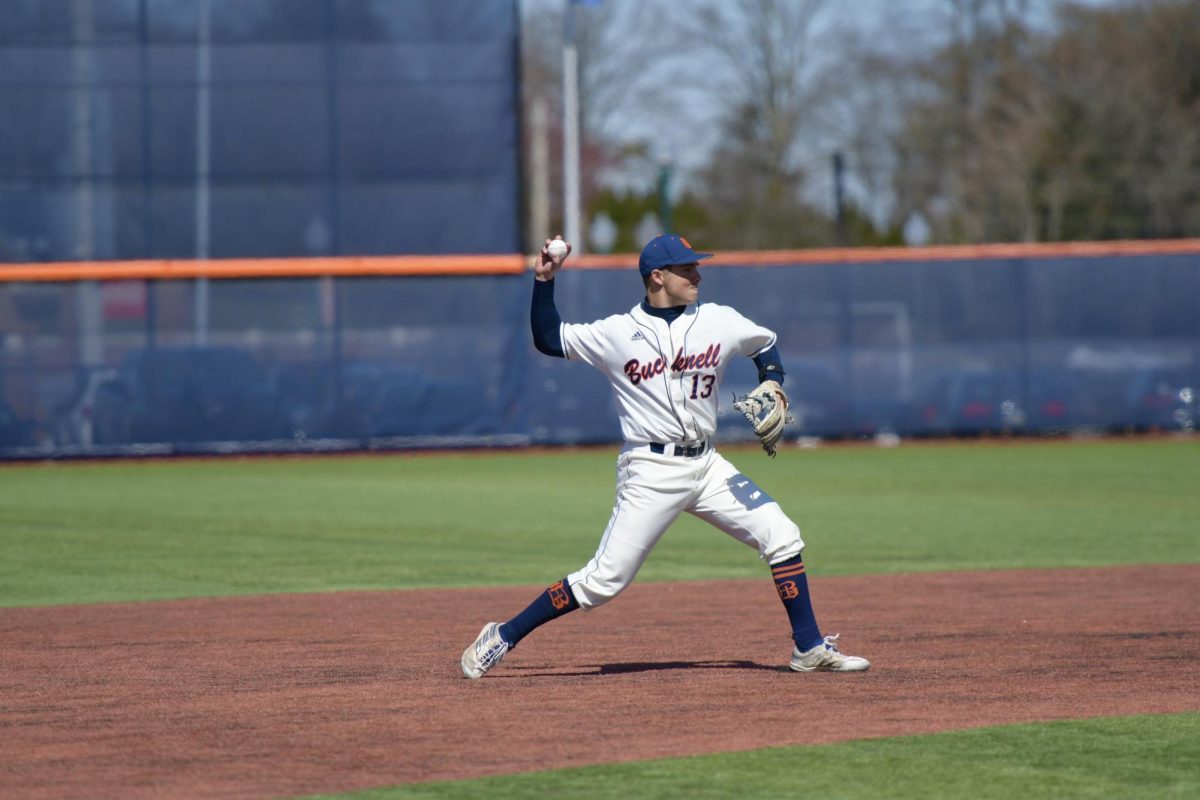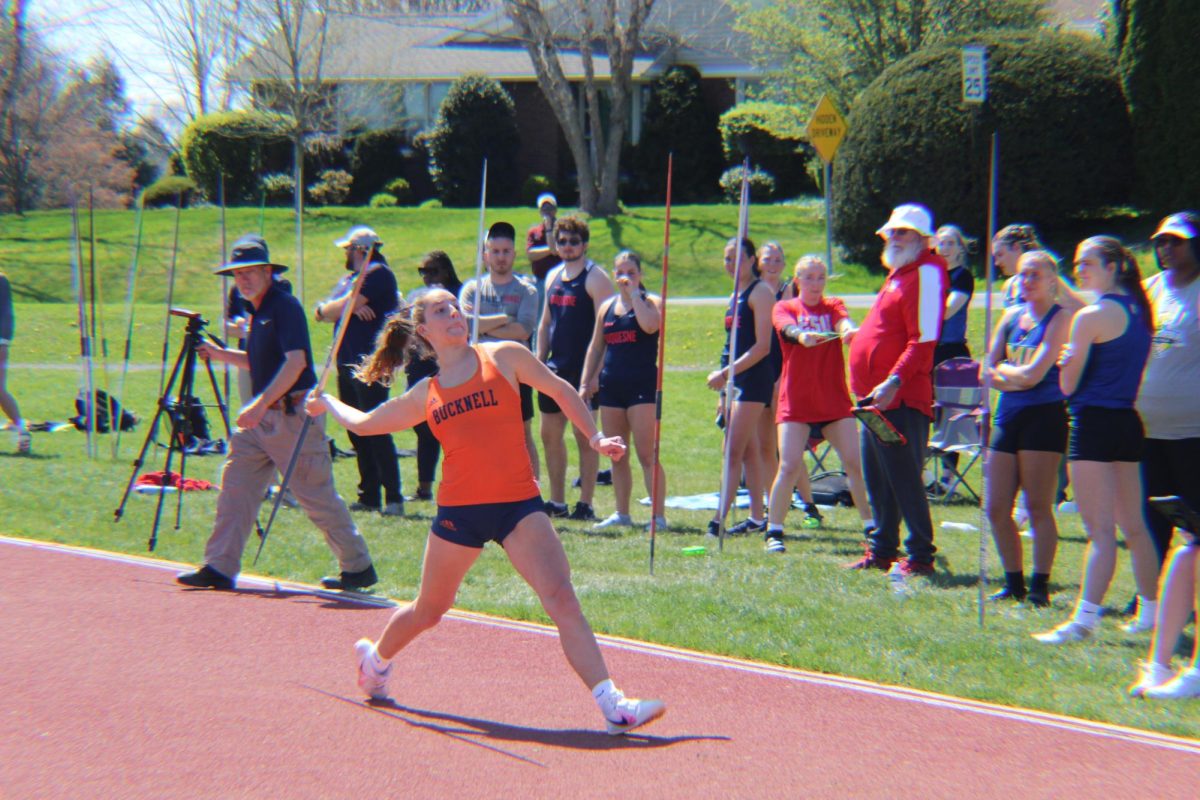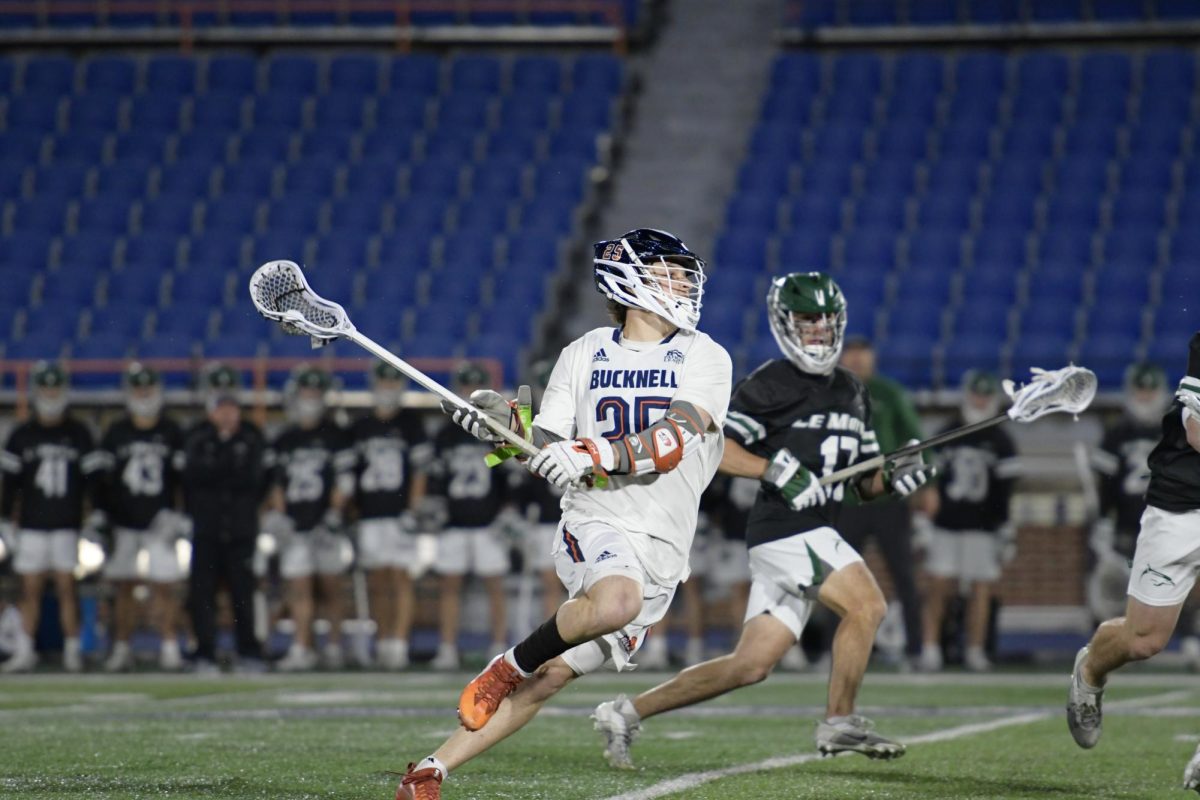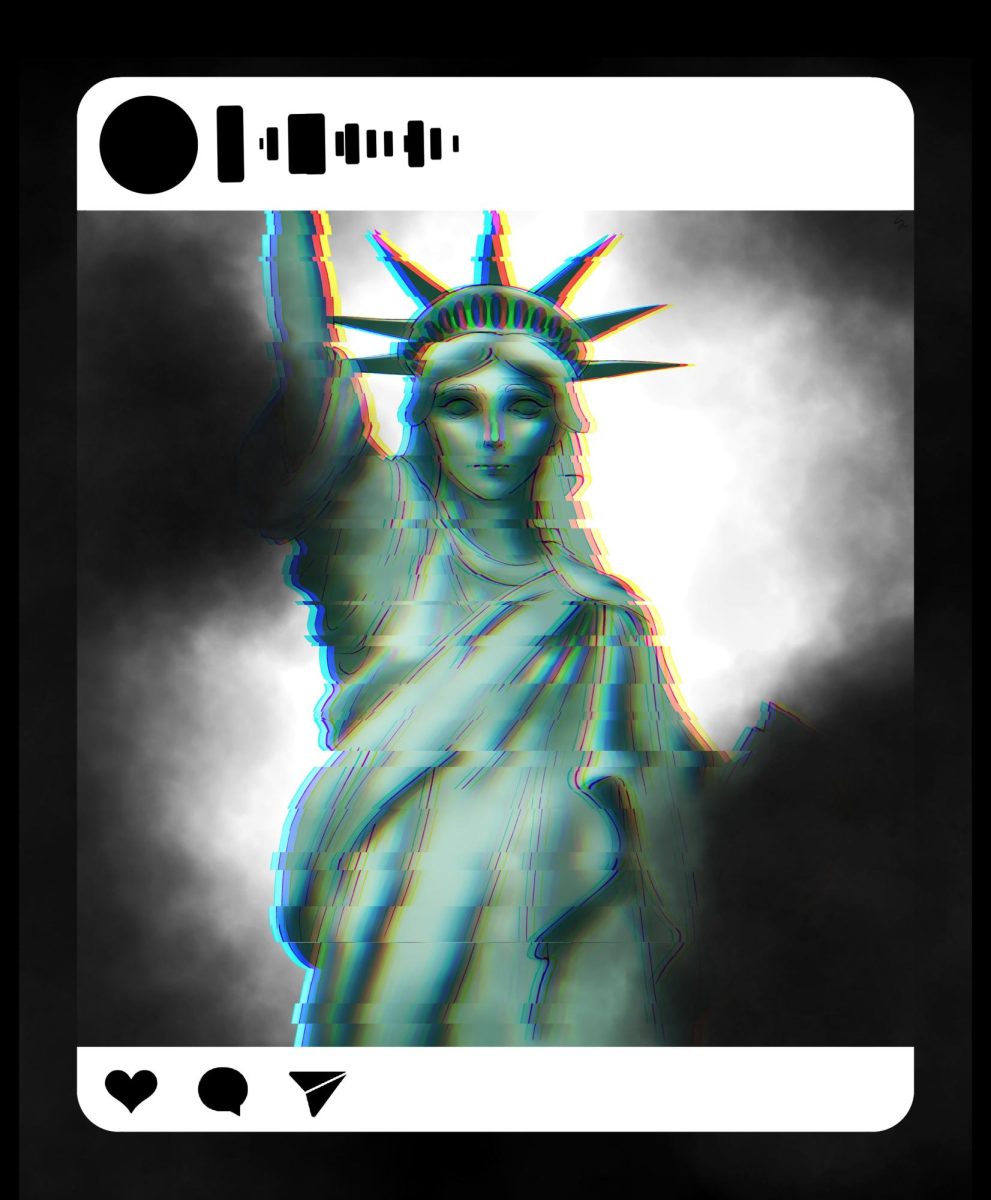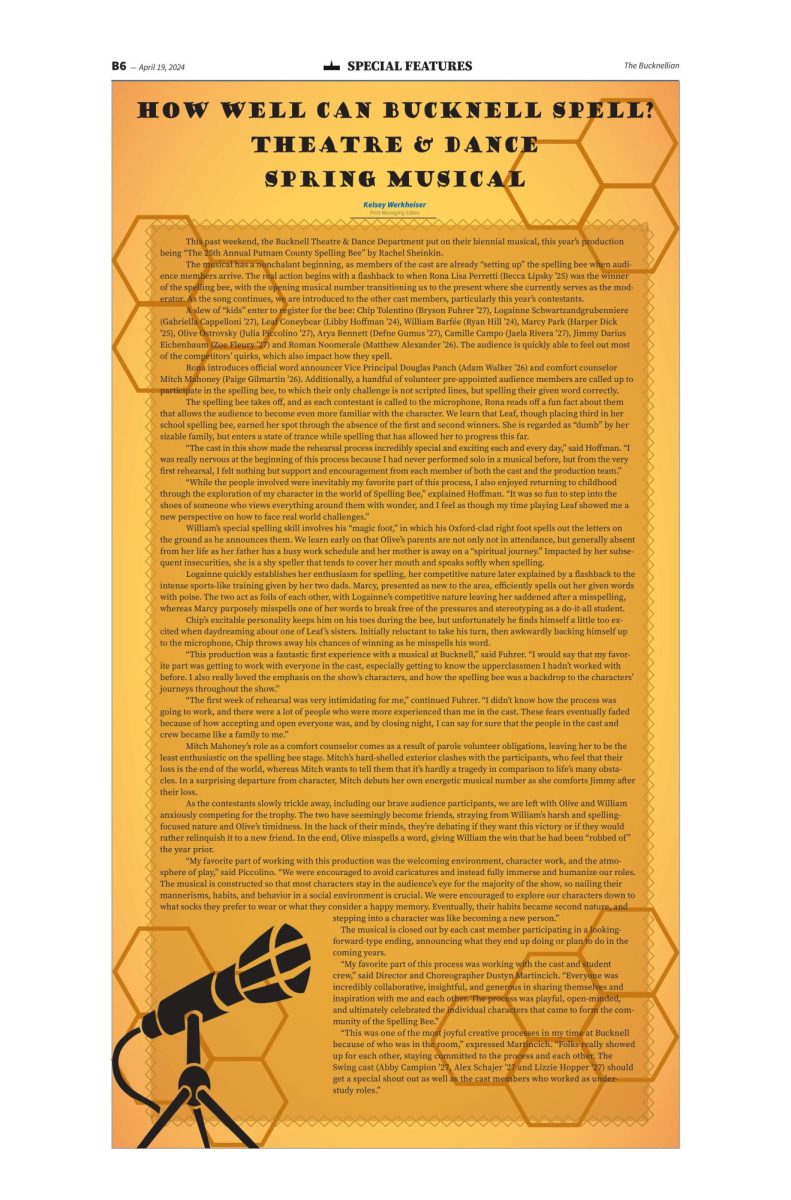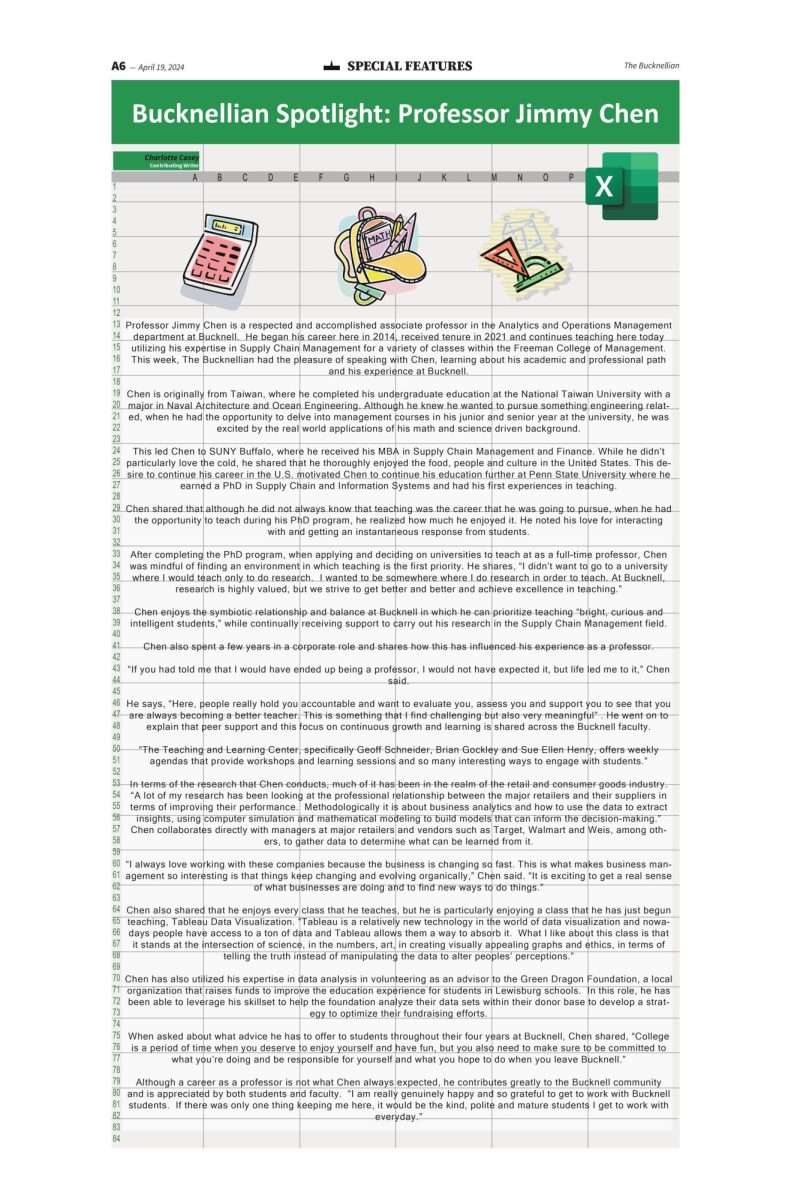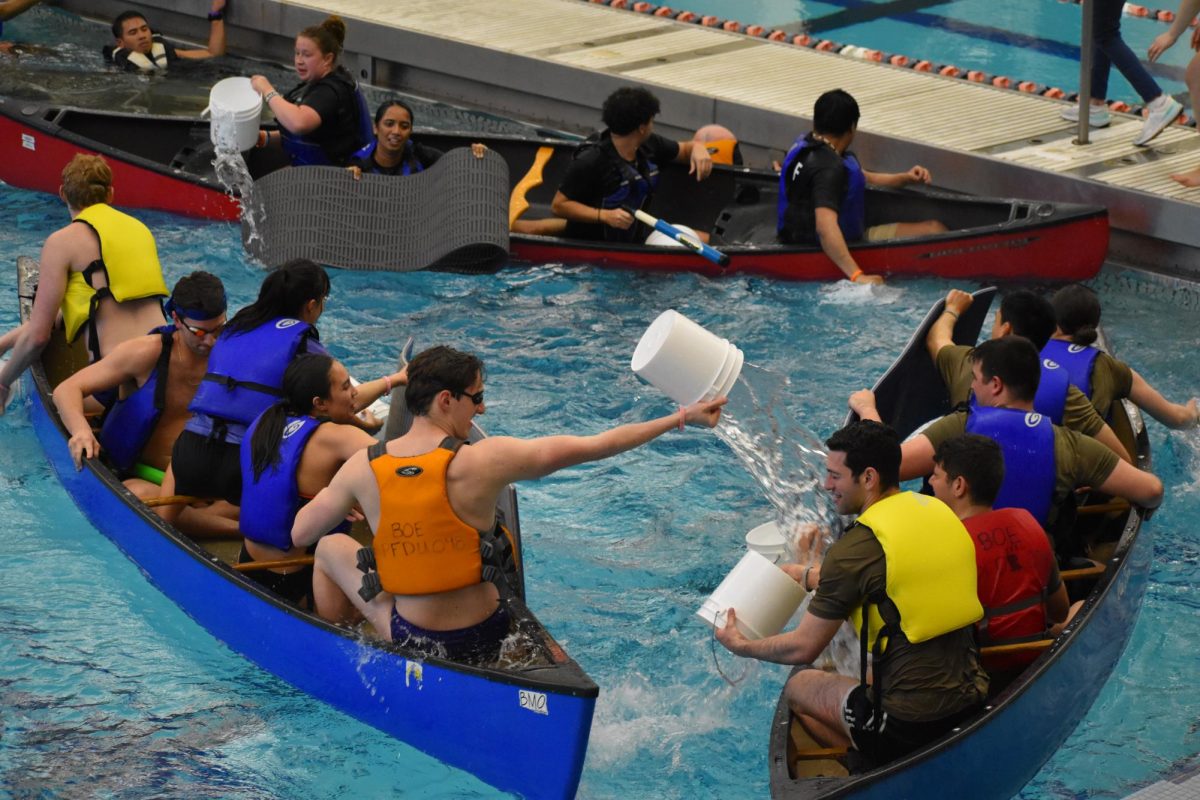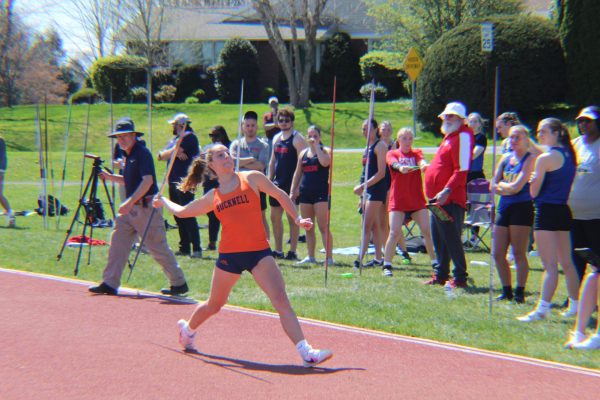K-WIDE Keen Winter Interdisciplinary Design Experience
“The idea was to give engineers experience working with people who have different majors and training than they do. It’s good because this is the sort of collaboration they’ll face when working in the professional world,” participant Matt Mosquera ’14 said .
Before the students arrived on campus, they were given brief surveys to evaluate their personalities and how they interacted with other people in group settings. The students were divided into six different groups, all varying in major, gender and class year. The goal was to pair students with people that they had not encountered before. The participants are primarily sophomores and first-years.
“The instructors are giving us as young, undergraduate engineers an experience that we wouldn’t normally be able to have until much later in our engineering educations,” Meghan Toft ’14 said. “It prepares us for future challenges.”
The program is led by engineering professors Charles Kim and Joe Tranquillo, who are assisted by two Junior Fellows.
The students put in over 100 hours during the experience and paid for it without even getting academic credit. They did not know what to expect, but have worked nonstop from 9 a.m. to 9 p.m. every day with minimal breaks.
“We got the most ideal group of students for the first offering,” Kim said.
The groups have been working on six very different projects with one broad common purpose: to improve the quality of life in cities with increasing urbanization. One of the groups designed a light seat that folds into the ceiling of buses, improving fuel efficiency and enabling more standing room for people to ride the bus during rush hour.
“I like the fact that we’re working with people form other majors that we wouldn’t normally see. I also like the fact that I can learn things that I normally wouldn’t learn in my biomedical engineering classes,” said Sarah Talbot ’14.
Other groups have designed a crosswalk that would improve communication between pedestrians and drivers, as well as a means to dampen the sound of screeching brakes on the subway that causes hearing problems for frequent users.
Based on feedback from their students, professors Kim and Tranquillo have seen the benefits of the program in giving students skills that will be valuable for their futures at a very early stage in college, as well as providing an experience that will allow multiple disciplines to work together on the same project. The program will be continued in years to come, as there are limited opportunities to receive these benefits in the normal curriculum.
Tranquillo discussed the benefits of the program in teaching the students the value of reevaluation, rather than sticking to methodical “recipes” for the design process, often learned in the theory-based classroom setting.
“We want to highlight that design is not a rigid recipe. It’s very flexible, adaptable–-you’re constantly looping to early steps, reevaluating,” Tranquillo said.
The groups drew out their design processes pictorially and then compared them within and across groups to demonstrate the necessity of adaptation.
Although it is difficult to gauge at this point without an end product, both professors are pleased at the program’s success.
Kim pointed out that the end product is not necessarily a physical “product.”
“In the end, we need to ask this question: have we changed how the students think? I think that yes–-this is happening,” Kim said.
Grand Challenges of Engineering
Speaker: Prof. Brandon Vogel, Chemical Engineering
In 2011, the National Academy of Engineering Committee on Engineering’s Grand Challenges identified 14 problems in the 21st century requiring engineering solutions. During his presentation, Vogel asked the participants to think about and list the top achievements of the 20th century and the greatest challenges facing society in the 21st century.
Take-away: The engineers then used the Grand Challenges as a base for their projects.
For more information on the Grand Challenges, visit www.engineeringchallenges.org.
Sustainability
Speaker: Prof. Kevin Gilmore, Civil and Environmental Engineering
Gilmore spoke on the three pillars of sustainability, economic, social and environmental impacts, and their far reaching effects. Gilmore used a story about a man building a home and the people and environment impacted by his actions.
Take-away: The engineers considered the impacts of their projects on economics, society and the environment.
Design Value
Speaker: Prof. Steven Shooter, Mechanical Engineering
The focus of Shooter’s presentation was on the value of a design. He discussed the meaning of value: benefit per cost. Shooter encouraged participants to think about innovative ways to add benefits consumers want to their products while keeping the costs low.
Take-away: The engineers created lists of “needs” and “wants” for their projects, hoping to increase their value.
Globalization and Entrepreneurship
Speaker: Dean Keith Buffinton, Dean of Engineering

